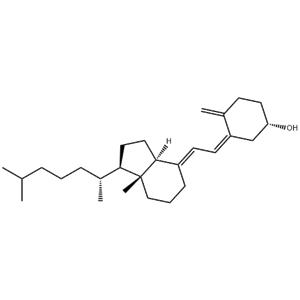
Vitamin D3 NEW
| Price | $5 | $0.1 |
| Package | 1KG | 1000KG |
| Min. Order: | 1KG |
| Supply Ability: | g-kg-tons, free sample is available |
| Update Time: | 2024-03-27 |
Product Details
| Product Name: Vitamin D3 | CAS No.: 67-97-0 |
| Min. Order: 1KG | Purity: 98% |
| Supply Ability: g-kg-tons, free sample is available | Release date: 2024/03/27 |
| Lead time: In stock, ready for shipment | Packaging: bag/bottle/drum/IBC |
| Delivery: By express, by air, by sea | Origin: Manufacturer, advantage product |
| COA, MSDS: Available, contact us for details | Name: Tina |
1. Materials information
| Name | calciol |
|---|---|
| Synonym | More Synonyms |
| Description | Cholecalciferol(Vitamin D3) is a naturally occuring form of vitamin D; Reported that upon metabolic activation, Cholecalciferol induces cell differentiation and prevents proliferation of cancer cells. IC50 value:Target: Vitamin D acts through a receptor that is a member of the ligand-dependent transcription factor superfamily. Modulates the proliferation and differentiation of both normal and cancer cells. Has antiproliferative and antimetastatic effects on breast, colon, and prostate cancer cells. Activated vitamin D receptors in intestine and bone maintain calcium absorbance and homeostasis. |
|---|---|
| Related Catalog | Signaling Pathways >> Vitamin D Related >> VD/VDR Research Areas >> Cancer Natural Products >> Others |
| Target | Human Endogenous Metabolite |
| References | [1]. Leibowitz SB, Kantoff PW. Differentiating agents and the treatment of prostate cancer: Vitamin D3 and peroxisome proliferator-activated receptor gamma ligands. Semin Oncol. 2003 Oct;30(5):698-708. [2]. Di Rosa M, Malaguarnera M, Nicoletti F, Malaguarnera L. Vitamin D3: a helpful immuno-modulator. Immunology. 2011 Oct;134(2):123-39. doi: 10.1111/j.1365-2567.2011.03482.x. [3]. Krishnan AV, Feldman D. Mechanisms of the anti-cancer and anti-inflammatory actions of vitamin D. Annu Rev Pharmacol Toxicol. 2011;51:311-36. doi: 10.1146/annurev-pharmtox-010510-100611. [4]. Nigwekar SU, Bhan I, Thadhani R. Ergocalciferol and cholecalciferol in CKD. Am J Kidney Dis. 2012 Jul;60(1):139-56. doi: 10.1053/j.ajkd.2011.12.035. |
| Density | 1.0±0.1 g/cm3 |
|---|---|
| Boiling Point | 496.4±24.0 °C at 760 mmHg |
| Melting Point | 83-86 °C(lit.) |
| Molecular Formula | C27H44O |
| Molecular Weight | 384.638 |
| Flash Point | 214.2±15.1 °C |
| Exact Mass | 384.339203 |
| PSA | 20.23000 |
| LogP | 9.72 |
| Vapour Pressure | 0.0±2.9 mmHg at 25°C |
| Index of Refraction | 1.523 |
| Storage condition | 2~8°C |
Name:Vitamin d3 crystalline 99+% Material Safety Data SheetSynonym:Cholecalciferol; 9,10-Secocholesta-5,7,10(19)-trien-33-oCAS:67-97-0Section 1 - Chemical Product MSDS Name:Vitamin d3 crystalline 99+% Material Safety Data Sheet Synonym:Cholecalciferol; 9,10-Secocholesta-5,7,10(19)-trien-33-o Section 2 - COMPOSITION, INFORMATION ON INGREDIENTS CAS#Chemical NamecontentEINECS#67-97-0Vitamin D399200-673-2Hazard Symbols: T Risk Phrases: 25 Section 3 - HAZARDS IDENTIFICATION EMERGENCY OVERVIEW Toxic if swallowed.Light sensitive. Potential Health Effects Eye: May cause eye irritation. Skin: May cause skin irritation. Ingestion: May be fatal if swallowed. May cause irritation of the digestive tract. May cause kidney damage. May cause cardiac disturbances. Ingestion may lead to mental retardation. Inhalation: May cause respiratory tract irritation. Chronic: Chronic ingestion may cause effects similar to those of acute ingestion. Section 4 - FIRST AID MEASURES Eyes: Immediately flush eyes with plenty of water for at least 15 minutes, occasionally lifting the upper and lower eyelids. Get medical aid. Skin: Get medical aid if irritation develops or persists. Flush skin with plenty of soap and water. Ingestion: If victim is conscious and alert, give 2-4 cupfuls of milk or water. Never give anything by mouth to an unconscious person. Get medical aid. Inhalation: Remove from exposure and move to fresh air immediately. Get medical aid if cough or other symptoms appear. Notes to Physician: Section 5 - FIRE FIGHTING MEASURES General Information: As in any fire, wear a self-contained breathing apparatus in pressure-demand, MSHA/NIOSH (approved or equivalent), and full protective gear. Extinguishing Media: In case of fire, use water, dry chemical, chemical foam, or alcohol-resistant foam. Section 6 - ACCIDENTAL RELEASE MEASURES General Information: Use proper personal protective equipment as indicated in Section 8. Spills/Leaks: Sweep up or absorb material, then place into a suitable clean, dry, closed container for disposal. Avoid generating dusty conditions. Section 7 - HANDLING and STORAGE Handling: Wash thoroughly after handling. Use with adequate ventilation. Minimize dust generation and accumulation. Avoid contact with eyes, skin, and clothing. Keep container tightly closed. Do not ingest or inhale. Storage: Store in a cool, dry, well-ventilated area away from incompatible substances. Store protected from light and air. Section 8 - EXPOSURE CONTROLS, PERSONAL PROTECTION Engineering Controls: Use adequate general or local exhaust ventilation to keep airborne concentrations below the permissible exposure limits. Exposure Limits CAS# 67-97-0: Personal Protective Equipment Eyes: Wear appropriate protective eyeglasses or chemical safety goggles as described by OSHA's eye and face protection regulations in 29 CFR 1910.133 or European Standard EN166. Skin: Wear appropriate protective gloves to prevent skin exposure. Clothing: Wear appropriate protective clothing to prevent skin exposure. Respirators: Follow the OSHA respirator regulations found in 29 CFR 1910.134 or European Standard EN 149. Use a NIOSH/MSHA or European Standard EN 149 approved respirator if exposure limits are exceeded or if irritation or other symptoms are experienced. Section 9 - PHYSICAL AND CHEMICAL PROPERTIES Physical State: Solid Color: white Odor: none reported pH: Not available. Vapor Pressure: Not available. Viscosity: Not available. Boiling Point: Not available. Freezing/Melting Point: 84-85C Autoignition Temperature: Not available. Flash Point: Not available. Explosion Limits, lower: Not available. Explosion Limits, upper: Not available. Decomposition Temperature: Solubility in water: Insoluble. Specific Gravity/Density: Molecular Formula: C27H44O Molecular Weight: 384.64 Section 10 - STABILITY AND REACTIVITY Chemical Stability: Stable under normal temperatures and pressures. Conditions to Avoid: Incompatible materials, light, dust generation, exposure to air. Incompatibilities with Other Materials: Strong oxidizing agents - acid chlorides - acid anhydrides. Hazardous Decomposition Products: Carbon monoxide, carbon dioxide. Hazardous Polymerization: Has not been reported. Section 11 - TOXICOLOGICAL INFORMATION RTECS#: CAS# 67-97-0: VS2900000 LD50/LC50: CAS# 67-97-0: Oral, mouse: LD50 = 42500 ug/kg; Oral, rat: LD50 = 42 mg/kg. Carcinogenicity: Vitamin D3 - Not listed by ACGIH, IARC, or NTP. Other: See actual entry in RTECS for complete information. Section 12 - ECOLOGICAL INFORMATION Section 13 - DISPOSAL CONSIDERATIONS Dispose of in a manner consistent with federal, state, and local regulations. Section 14 - TRANSPORT INFORMATION IATA Shipping Name: TOXIC SOLID, ORGANIC, N.O.S.* Hazard Class: 6.1 UN Number: 2811 Packing Group: II IMO Shipping Name: TOXIC SOLID, ORGANIC, N.O.S. Hazard Class: 6.1 UN Number: 2811 Packing Group: II RID/ADR Shipping Name: TOXIC SOLID, ORGANIC, N.O.S. Hazard Class: 6.1 UN Number: 2811 Packing group: II Section 15 - REGULATORY INFORMATION European/International Regulations European Labeling in Accordance with EC Directives Hazard Symbols: T Risk Phrases: R 25 Toxic if swallowed. Safety Phrases: S 24/25 Avoid contact with skin and eyes. WGK (Water Danger/Protection) CAS# 67-97-0: 1 Canada CAS# 67-97-0 is listed on Canada's DSL List. CAS# 67-97-0 is not listed on Canada's Ingredient Disclosure List. US FEDERAL TSCA CAS# 67-97-0 is listed on the TSCA inventory. SECTION 16 - ADDITIONAL INFORMATION N/A |
CHEMICAL IDENTIFICATION
HEALTH HAZARD DATAACUTE TOXICITY DATA
|
| Symbol |   GHS06, GHS08 |
|---|---|
| Signal Word | Danger |
| Hazard Statements | H301 + H311-H330-H372 |
| Precautionary Statements | P260-P280-P284-P301 + P310-P310 |
| Personal Protective Equipment | Eyeshields;Faceshields;Gloves;type P2 (EN 143) respirator cartridges |
| Hazard Codes | T+:Verytoxic; |
| Risk Phrases | R24/25;R26;R48/25 |
| Safety Phrases | S28-S36/37-S45-S28A |
| RIDADR | UN 2811 6.1/PG 2 |
| WGK Germany | 2 |
| RTECS | VS2900000 |
| Packaging Group | II |
| Hazard Class | 6.1 |
| HS Code | 2936240000 |
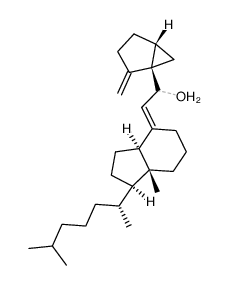 cyclovitamin D3 98854-76-3 ~23% 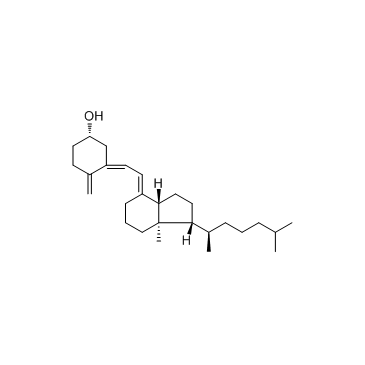 Vitamin D3 67-97-0  Vitamin D3 67-97-0 |
| Literature: Journal of the Chemical Society, Perkin Transactions 1: Organic and Bio-Organic Chemistry (1972-1999), , p. 1185 - 1190 |
 N/A 96685-46-0 ~%  Vitamin D3 67-97-0 |
| Literature: Journal of Organic Chemistry, , vol. 51, # 26 p. 5311 - 5320 |
 N/A 96843-38-8 ~%  Vitamin D3 67-97-0 |
| Literature: Journal of Organic Chemistry, , vol. 51, # 26 p. 5311 - 5320 |
| Precursor 2 | |
|---|---|
| |
| DownStream 6 | Previous 1/2 Next |
| |
| HS Code | 2936240000 |
|---|
2. Packaging of materials
For powders: normal is 25kgs/Drum or bag, or larger/smaller package as request.
For liquids: normal 25kgs/drum, 180-300kgs/bucket, or IBC, determined by the nature of the product.
Or smaller package 1kg/bottle, 10kgs/bottle as request.
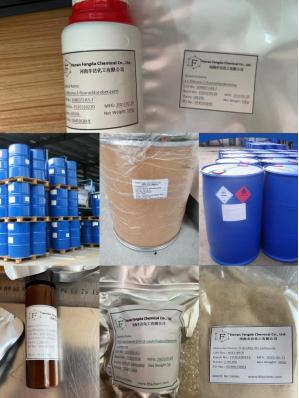
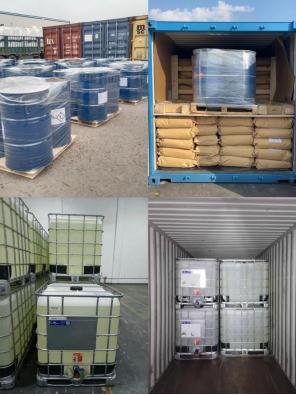
3. Shipping & Delivery
By Express
Provide door to door service
Suitable for goods under 50kg
Delivery: 3-7 days
Cost: low cost

By Air
Provide airport to airport service
Suitable for goods over 50kg
Delivery: 3-14 days
Cost: high cost
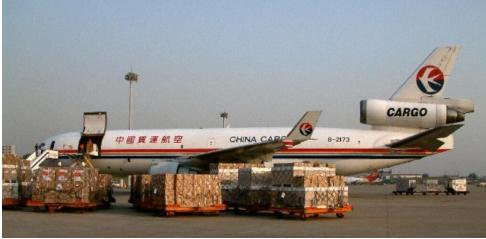
By Sea
Provide seaport to seaport service
Suitable for goods over 100kg
Delivery: 2-45 days
Cost: low cost
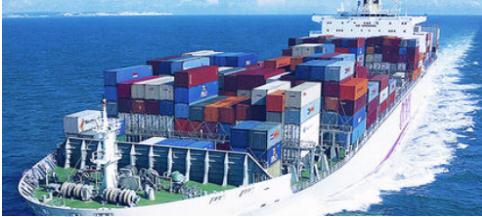
4. Contact information
For more details, pls contact us freely.
Email address: Tina@fdachem.com
Mob: 86 15225627621
WhatsApp/Skype/Wechat/LINE: 86 15225627621
Company Profile Introduction
You may like
Recommended supplier
| Product name | Price | Suppliers | Update time | |
|---|---|---|---|---|
| $0.00/25kg |
VIP1Y
|
Henan Suikang Pharmaceutical Co.,Ltd.
|
2024-04-28 | |
| $15.00/1kg |
VIP1Y
|
Ouhuang Engineering Materials (Hubei) Co., Ltd
|
2024-04-26 | |
| $0.00/1kg |
VIP1Y
|
airuikechemical co., ltd.
|
2024-04-10 | |
| $0.00/1kg |
VIP1Y
|
Shaanxi TNJONE Pharmaceutical Co., Ltd
|
2024-04-08 | |
| $0.00/1kg |
VIP1Y
|
Leading Chemical and Trading Co.,Ltd
|
2024-03-28 | |
| $10.00/1kg |
VIP1Y
|
Nantong Guangyuan Chemicl Co,Ltd
|
2023-12-08 | |
| $25.00/1kg |
VIP4Y
|
Hebei Yanxi Chemical Co., Ltd.
|
2023-10-24 | |
| $0.00/1kg |
VIP1Y
|
Hebei Kingfiner Technology Development Co.Ltd
|
2023-10-18 | |
| $0.00/25kg |
VIP1Y
|
Wuhan Marco Pharmaceutical Technology Co., Ltd.
|
2023-09-17 | |
| $100.00/1bag |
Hebei Fengqiang Trading Co., LTD
|
2023-09-11 |
- Since: 2023-02-10
- Address: Room 01, 2288 E05, Building 14, East Henan University, Science and Technology Park, 279 Xisanhuan Ro




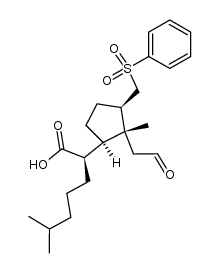 CAS#:105764-33-8
CAS#:105764-33-8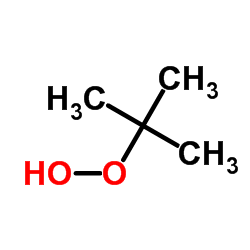 CAS#:75-91-2
CAS#:75-91-2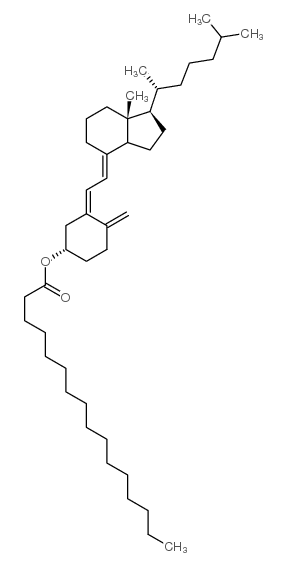 CAS#:13403-10-6
CAS#:13403-10-6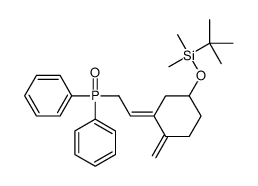 CAS#:100858-27-3
CAS#:100858-27-3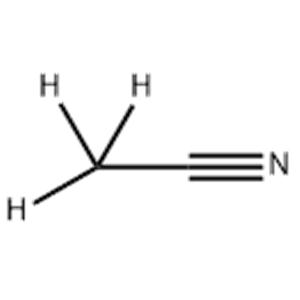
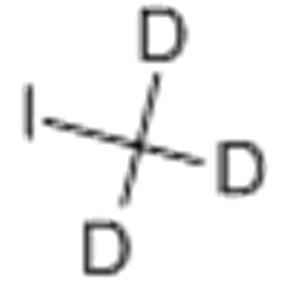
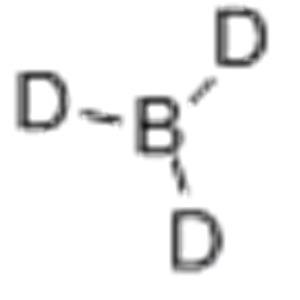

 China
China